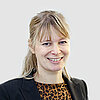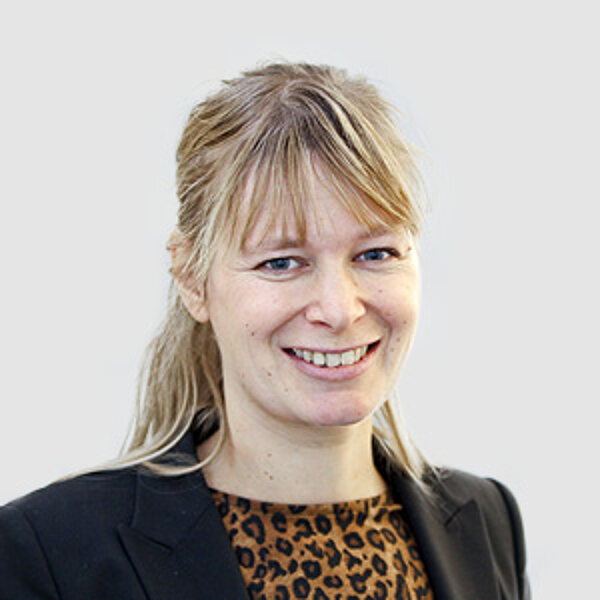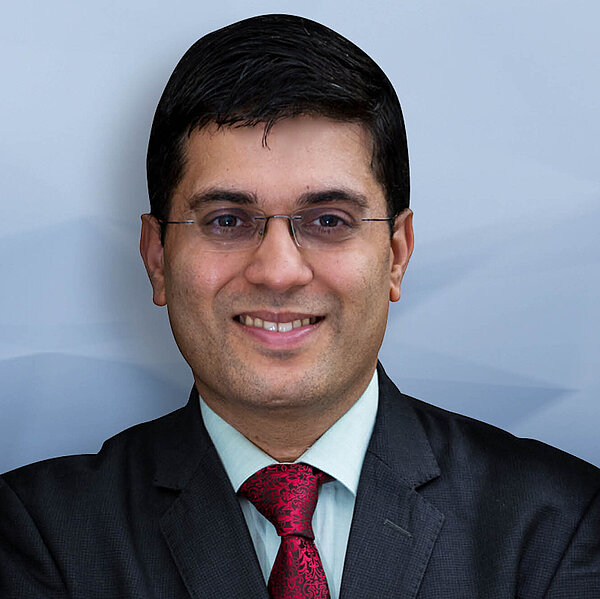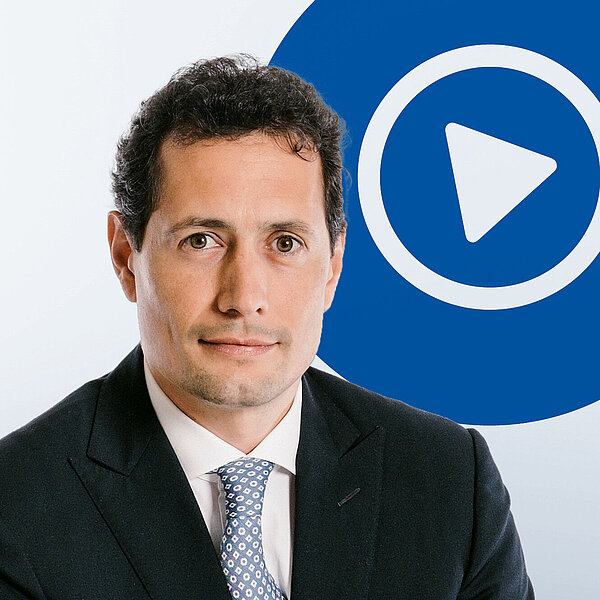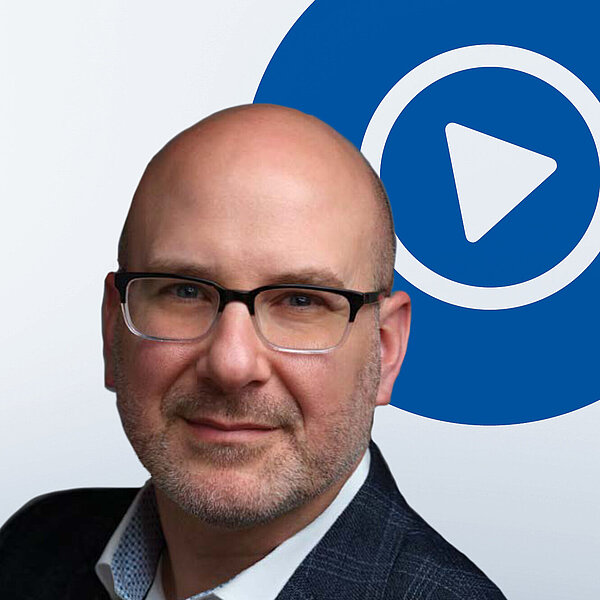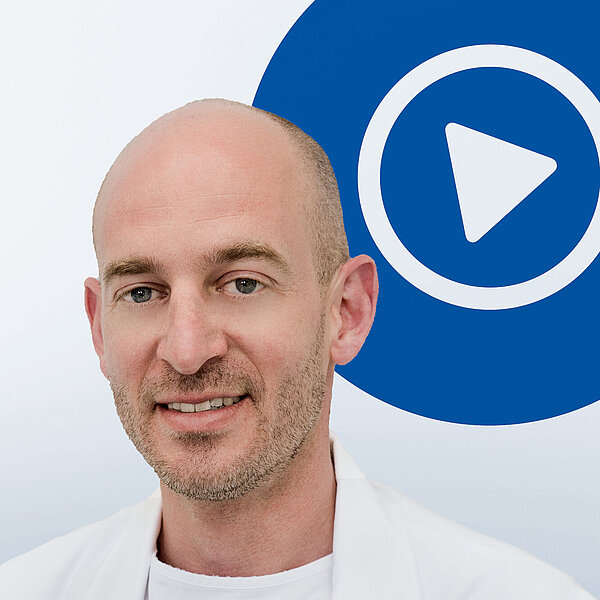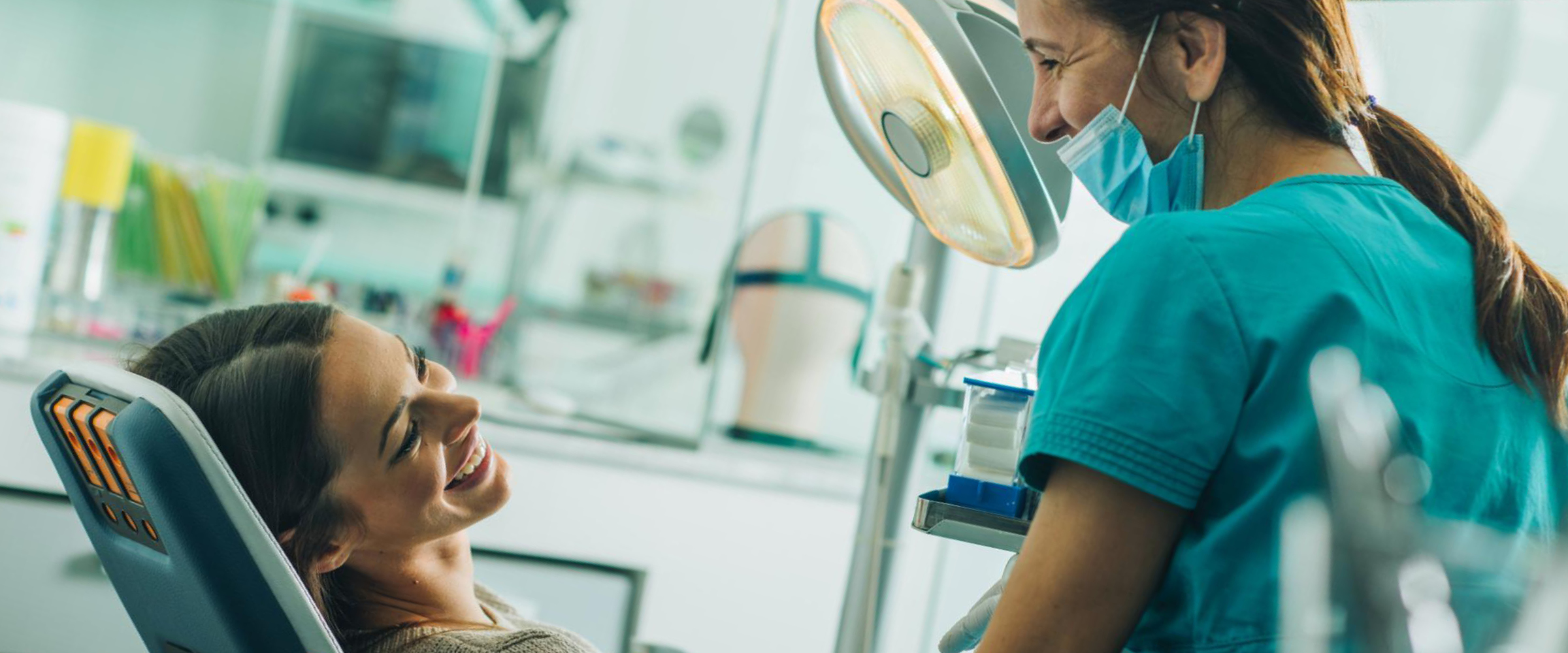
“Simplified treatment is not necessarily good treatment”
Do dentists and patients have unrealistic expectations about what technology can do? With AAP past president Dr Don Clem, we discussed the search for simplified treatment, predictability and what it really takes to become a better surgeon.
Dr Clem, your father was a police captain in Chicago for 31-years. Are there any similarities between his work and yours?
Dr Clem: What my father taught me is the power of the team to manage crisis. This is something that I apply in daily clinical practice. Many of my patients come to me in crisis. They don't want to lose their teeth. If they have already lost their teeth or are going to lose their teeth, they want them replaced in a specific way. My team and I, together with the referring doctor and his or her colleagues, form a network to help patients. It's a team approach. The patient is at the center and the periodontist along with the restorative dentist, hygienist and even physician are there for the benefit of the patient. We must never forget that.
Simplified treatment is something many people are looking for in the field of implant dentistry. How far have we come?
Dr Clem: It's true that patients want to achieve treatment success with a minimal amount of time and discomfort. But when we talk about simplified treatment, we also have to talk about predictability. Without this, simplified treatment is not necessarily good treatment. Simplicity is not a goal in itself.
So, what are we looking for?
Dr Clem: The real challenge is to incorporate the least invasive treatment, but tailored to every patient in order to give them the best opportunity for success. That is the true definition of simplified treatment. Looking at what will benefit each patient the most means we need to develop a risk profile for each patient.
Could you give an example?
Dr Clem: Take a 75-year old, reasonably healthy female patient with 6 mm pockets around some of her teeth. Is this the same risk profile as a 35-year old male who smokes, has type 1 diabetes and has the same pocket depths? Although the appearance of the teeth and tissue may be similar, the risk factors are different, and they may be very confounding. So, the best, simplified treatment for the first patient may be entirely different than for the second.
So, simplifying surgery without considering patient profiles is the wrong approach?
Dr Clem: Yes. We get in trouble if we overrate what technology can do for us and our patients. We have more and more biomaterials coming to us every day, both restorative and regenerative, that are supposed to simplify treatment. And industry sends the message that all you have to do is "follow step a, b and c to get result d." The missing piece in that formula is which biomaterials apply best to which patient and which conditions. As a result, in the last 5-years I am seeing more complications in implant and restorative dentistry, which turn "simplified treatments" into rather complex re-treatments. The universal application of a single technique or product is clearly not in the best interests of patients.
You have gained experience with Geistlich Fibro-Gide® before the official United States launch. What have you learned using this new collagen matrix?
Dr Clem: Using the matrix is easier than using autologous tissue, because no donor site is involved. On the other hand, a substitute material may be less forgiving than autologous tissue. Therefore, your procedures need to be more precise, you need to plan them a little more carefully, and the insertion of the device and handling of the surrounding tissues may be different - not necessarily more complex, but different.
Your advice for people who want to start using the matrix?
Dr Clem: With younger surgeons I have seen that if they try to apply the exact same surgical principles to the matrix that they apply for autologous tissue grafts, they may not be impressed with their results. What one has to do is step back and say: "The device is not going to make me a better surgeon. What will make me a better surgeon is knowing how to use which device or which product in their most predictable fashion." It is the determination of how best to manage the surgical site that will yield the most predictable results. Many times this is specific to each site as well as each patient.
You use Geistlich Fibro-Gide® to thicken soft-tissues around dental implants. What is your main goal when augmenting soft tissues?
Dr Clem: Clearly the most common reason is esthetics. But many patients also have a problem with their tissues getting thinner as they get older. Then they have difficulties managing their oral hygiene and plaque control around their implants. We see more mucosal margin loss around implants as patients age. So, in our practice, the second highest use is for augmenting soft tissues around existing implants in this aging population.
What do you tell your patients regarding the alternative between autologous grafts and biomaterials?
Dr Clem: When we give the patient two treatment alternatives they usually ask: "What difference will it make for me?" Then we talk about autologous harvest graft soft tissue augmentation requiring two surgical sites and two healing sites. Their next question will be: "Will the results be different?" Most patients will want the best result possible. It's up to the clinician to decide how he or she advises the patient. Specifically, with the advanced collagen matrices that we use now, the answer is that the result will not be different. And that's what we want to provide our patients. Certainly the long term outcomes are yet to be determined, but what we can see in the immediate to now close to one year in my practice is that patients are managed well, defect contour and tissue thickness is stable and patients are pleased with results. We are quite positive about the future for this material.

